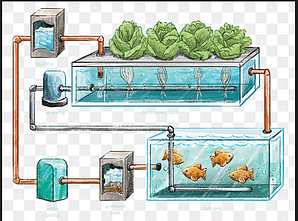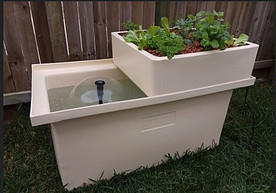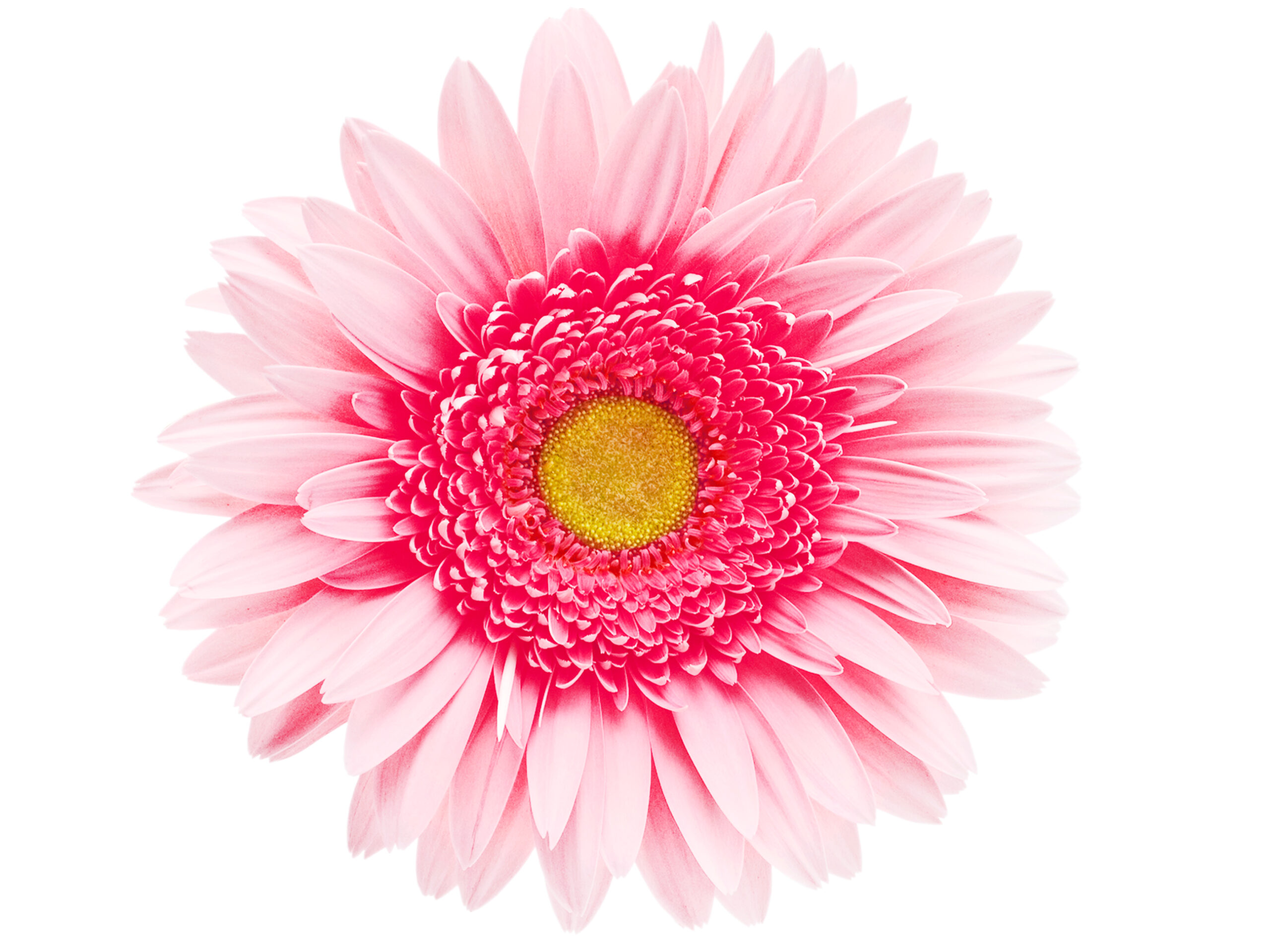Hello!
I was surfing the internet looking at gardening information, I came across Aquaponics systems. I had never heard of them so I started to look into what is an aquaponics system?, how do they work, what plants and fish work best and the different systems out there.
What is an Aquaponics System?

Aquaponics is a different way of cultivating both crops and fish in a controlled environment. The fish are kept in tanks below and the plants. The plants are grown hydroponically, which means no soil and in the water.
The plants sit in beds and the roots hang down in the water where the fish are. When fish are in their tanks they produce waste that is toxic to the fish. The plants will absorb the fish waste as nutrients for the plants.
How does Aquaponics work?
With aquaponics, the waste water from the fish is funneled to the containers where the plants hang their roots. When the plants absorb the nutrients they need from that water, the plant roots cleanse the water of toxins for the fish. Then that same cleansed water can be distributed back to the fish tanks.
This method of farming crops and fish at the same time has many benefits. There is no fertilizer or chemicals used in Aquaponics. The fish waste is the natural fertilizer for the plants. This method also saves water because the water gets recycled to the containers.
Lastly, an aquaponics environment can be set up anywhere.
Basically, the fish waste produces natural bacteria that converts the waste like ammonia into nitrate. Plants love nitrate and will absorb it as a nutrient source. The basic principle of aquaponics is to use the waste. When fish waste is used as fertilizer, there’s no need for chemical fertilizers.
This saves a lot of time, money and energy it would take to use those chemicals .
In fact, the only thing conventional about this method is that aquaponics systems feeds the fish.
Fish and Plants for Aquaponics System
There are many types of fish that have adapted to the aquaponics way of farming. The most commonly cultivated fish in aquaponics systems are tilapia, cod, trout, perch, Arctic char and bass. But out of all of these, tilapia thrives best. Tilapia is very tolerant of changing water conditions, such as changes in oxygen, temperature, pH, and dissolved solids.

In general, the best plants to use in an aquaponics system are Herbs and leafy greens. The fish produce a high-nitrogen fertilizer through fish waste which allows plants to grow full and green. The plants that tend to do best is, leafy plants. Plants like; Lettuce, herbs and greens like spinach, chives, bok choy, basil, and watercress have low to medium nutritional requirements and will usually do fine in aquaponics.
Plants that bear fruit have a higher nutritional requirements. They will do fine in an aquaponics farm but the system will need to be established and well stocked for the fruit to flourish. Vegetables like bell peppers, cucumbers and tomatoes can be planted in these types of aquaponics systems. The only plants that don’t seem to do as well are root crops like potatoes and carrots. These crops without soil, wind up deformed, and they’re hard to harvest properly.
Water Quality is very important
When you have an aquaponics system its very important to keep an eye on the Ph levels in the water. This determines how much acid is in the water. This is important to make sure the fish are safe. Having a quality water testing kit is very important to ensure that both fish and plants stay healthy. It’s also important to watch for dissolved oxygen, carbon dioxide, ammonia, nitrate, nitrite and chlorine.
The growth rate of the fish, how deep the fish are, and the amount of food they’re given can produce sudden changes in quality of the water. It is recommended to carefully monitor. Although the ratio of fish tank water to hydroponic product depends on fish species. In General, the ratio is, for every one part of water and fish, you need to have four parts plant and plant bedding material.
Types of Aquaponics Systems
You can make your own DIY Aquaponics system with a few items
- An Energy Efficient Pump
- A tank for Fish & medium Hydroponic grow bed
- Tubing to transport water to and from grow beds
- An Aquatic Water Heater with Thermostat
- Clay or Gravel for the bottom of the grow bed
- Ph Test kit
There are systems you can purchase as well, if you tend to not be the DIY kind of person. There are many different sizes from commercial size to small backyard or indoor systems.

Happy Planting!
It would be pretty expensive to set up a full-scale, commercial-sized system. But for backyard gardeners, they can set up an inexpensive aquaponics system using recycled materials. For the vegetable gardener, aquaponics can offer many benefits. You also can set up an indoor system as well. These systems use much less water than a conventional garden, and the only water you lose is through evaporation.
Does anyone already have one?
Does anyone want more information regarding these systems?
I think they are pretty cool and functional
What are your thoughts!
If you are looking for a DIY information, check out my Review on Aquaponics 4 you – By Clicking This Link Now!
Cheers!
Chris



This has been a very interesting read. Based on what you explained I would like to have tilapia in the fish tank and lettuce as my principal plant. The main reason that made me decide to give aquaponics a try is that it makes it possible to have an intensive food production system that’s still sustainable.
In my research it seems to be the garden of the future. At least if you use tilapia in your garden you know what they are eating. That is the main reason for people growing with aquaponics or hydroponics. Check out my Review on Aquaponics ebook https://simongettinorth.com/review-for-aquaponics-4-you-step-by-step-how-to-build-your-own-aquaponics-system/
I’m an avid gardener, I like you had never heard of this before. It sounds very interesting but how much space would the fish need? I’m thinking that would be quite a consideration in setting up a system? Also would the system include harvesting the fish? Unless you did this it may not be economical because you have to buy fish food to get the fish to give you plant fertilizer. I see you included bass as a suitable fish which I know is good to eat but I’m not sure on the others. I suppose if your fish were ornamental and you had them anyway that could justify the cost of feeding them ?
Thank you for your comment. I think this would take some planning and space. In my research it was more commercial aquaponics going on. I had heard of hydroponics but never heard of adding fish, but it make sense. This would have to be done in a warmer climate. I seen some example for a small indoor aquaponics but the fish were ornamental. I had just found this way of gardening interesting.